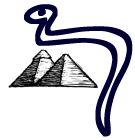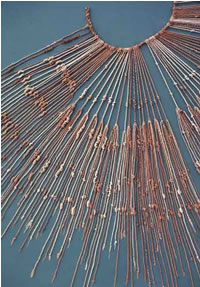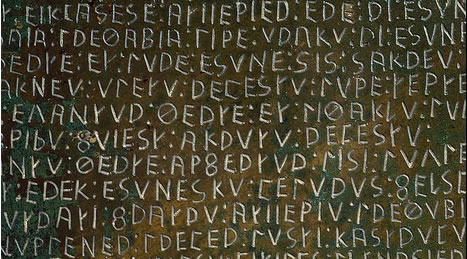The thorny subject of apostrophes and their usage came up in the comments on a recent post. There seems to be considerable confusion about when to use the common or garden aspostrophe, which is might be thought of as a comma that’s got above itself.
In English the apostrophe is used to indicate possession, as in the boy’s toys, the girls’ hair and the cat’s pyjamas. It comes after the s if the noun is plural. When a noun ends in an s, the apostrophe can go after that s, or another s can be added, e.g. Mr Jones’ hat or Mr Jones’s hat. Apostrophes show that letters have been omitted, as in don’t, he’ll and they’ve, and can also be used when writing the plurals of individual letters, such as p’s and q’s.
Apostrophical uncertainity arises with the personal pronouns as they don’t follow the behaviour of ordinary nouns. Logically the possessives yours, its, hers, ours and theirs should have apostrophes, but the grammarians who devised the rules for the use of apostrophes, notably Robert Lowth and Lindley Murray, forgot to include them. It’s is a contraction of it is or it has, so the possessive has to be its.
The use of apostrophes to show plurals, as in potato’s and tomato’s is frowned on but understandable – these words are fairly unusual in that they end with vowels. If you’re not sure of the real plurals (potatoes and tomatoes), you might think that adding ‘s would avoid the misleading pronunciations like ‘pot-at-oss’ and ‘tom-at-oss’. Afterall, apostrophes are sometimes used to show the plurals like 1960’s.
One area of apostrophe usage that I’m not sure about is in expressions such as a weeks holiday, or should that be week’s? And a days/day’s wages. As these expressions show possession, I suppose apostrophes should be used, but it feels wrong to me – how can the abstract concept of a week or a day possess anything?



